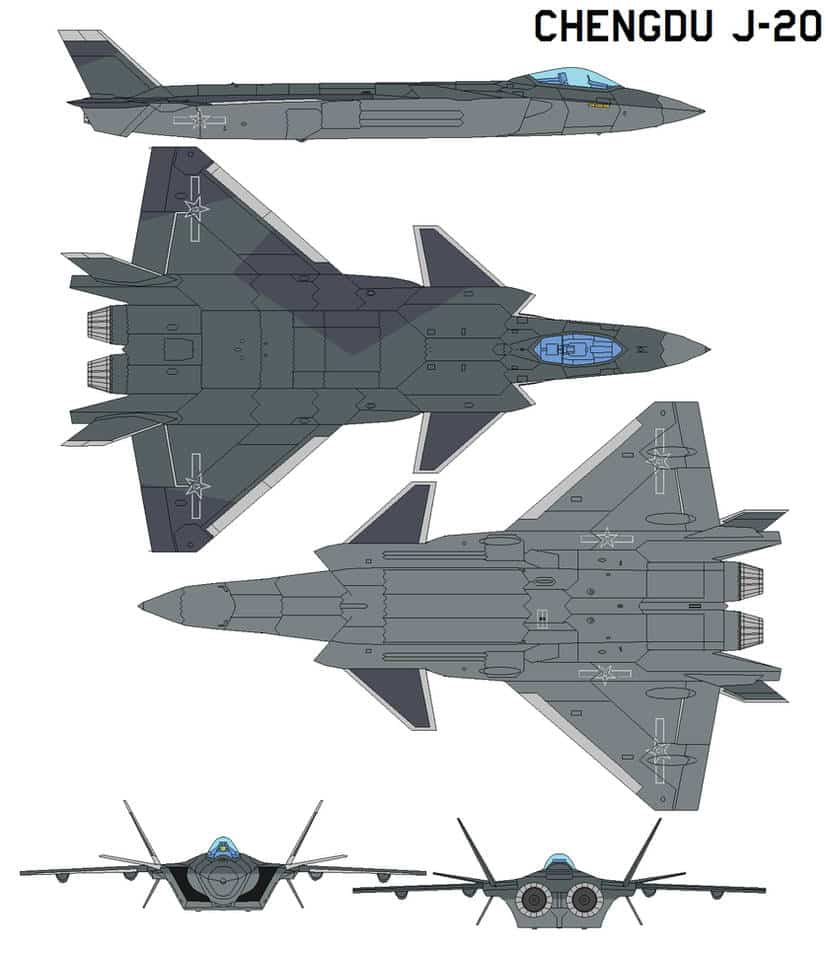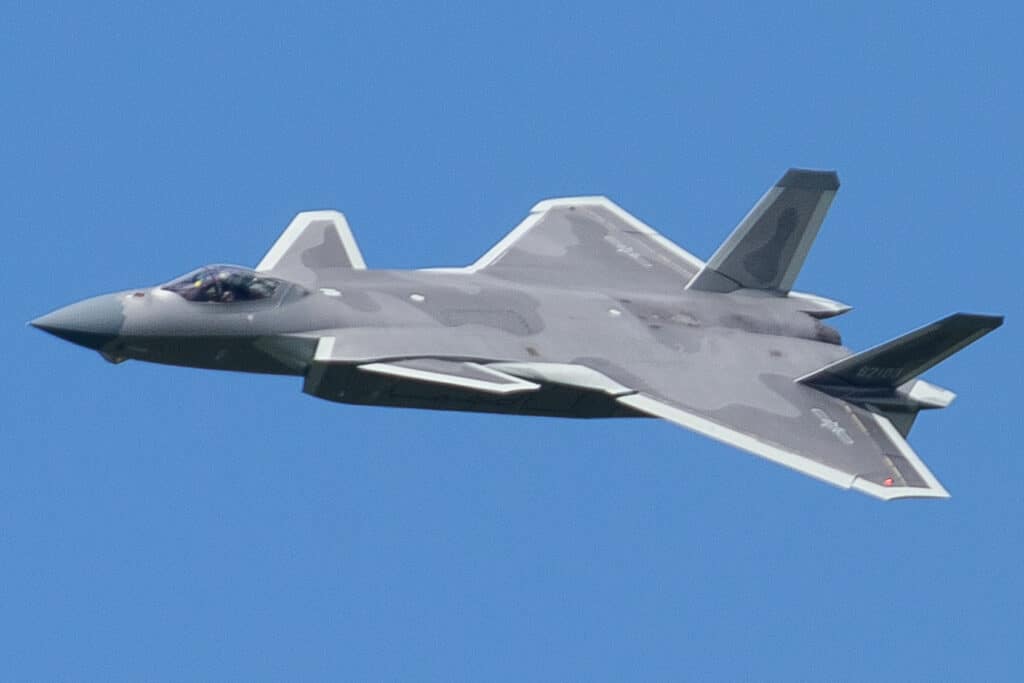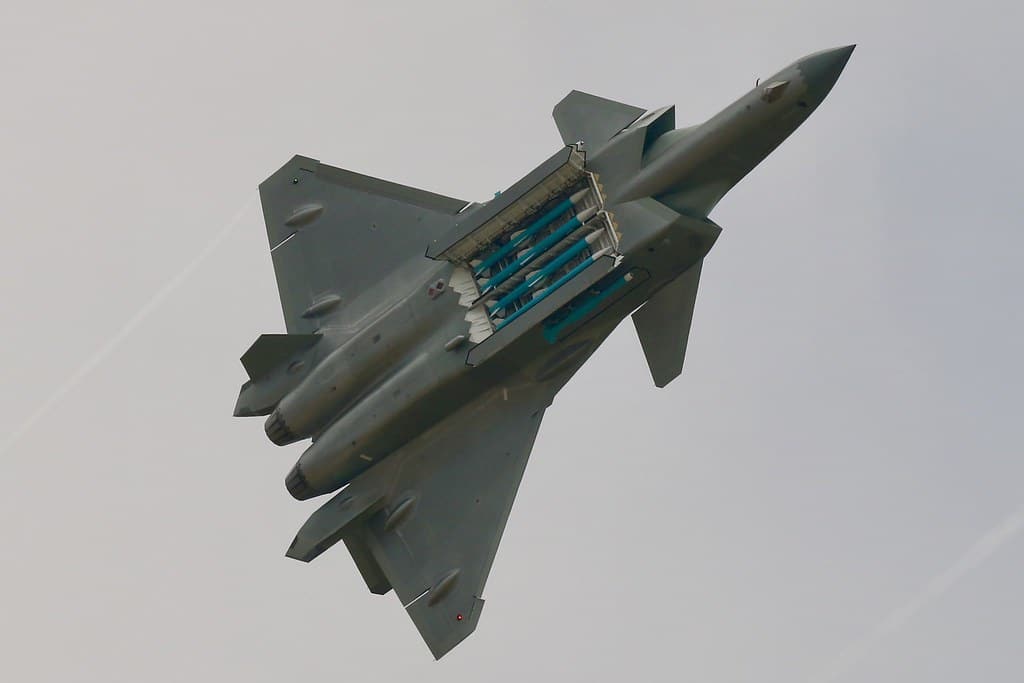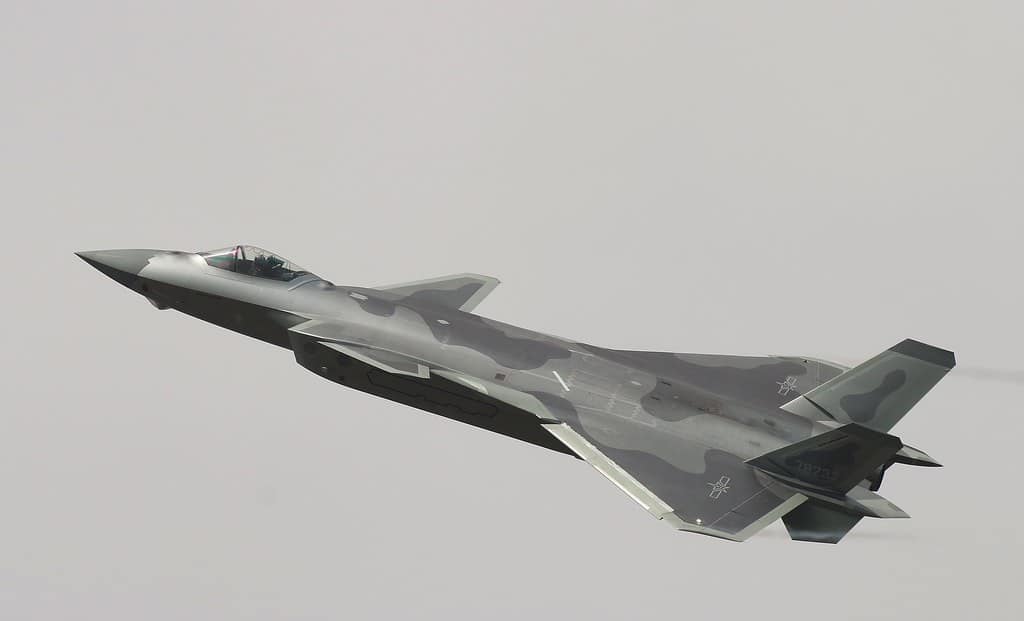The most interesting thing about this stealth plane is that it uses plasma technology to remain hidden from enemy radar detection.
China’s previous generation stealth aircraft used a similar plasma technology that could generate a cloud of plasma over the plane.
However, China’s next-generation stealth aircraft uses a ‘closed electron beam plasma stealth device.’

Read More! This supersonic aircraft from China will travel from Beijing to NY in an hour
The new stealth plane focuses on shielding key areas instead of the entire aircraft.
These sensitive sections, like the radar dome, cockpit, and other parts, are more prone to enemy radar detection.
China might implement this technology onto their latest Chengdu J-20 fighter aircraft, also known as Mighty Dragon.
So the next time we see a UFO video go viral on the internet, it might be a plasma-cloaked J-20 zipping past your screen.

On the other hand, the United States’ latest stealth planes, like the F-22 and F-35, do not use plasma stealth-based technology.
Instead, they rely on radar-absorbent coatings and unusual geometric designs for stealth.
It is a much more practical approach but reduces the aircraft’s aerodynamic performance and maneuverability.

So, how did Chinese researchers implement this technology into their next-generation stealth plane?
Plasma stealth technology has been in use since the Cold War era.
The United States and the Soviet Union poured many resources into researching and developing this technology.
However, it never left the laboratory phase due to technological constraints.

The latest generation planes use electron beams to ionize nearby air molecules into radio-gobbling plasma.
However, adapting this technology to existing stealth planes might be a huge challenge, according to Chinese researchers.
Another method uses a radioactive isotope, which emits high-energy rays that ionize the surrounding air around the aircraft.
Regardless, they anticipate the real-life implementation of this technology in China soon.
